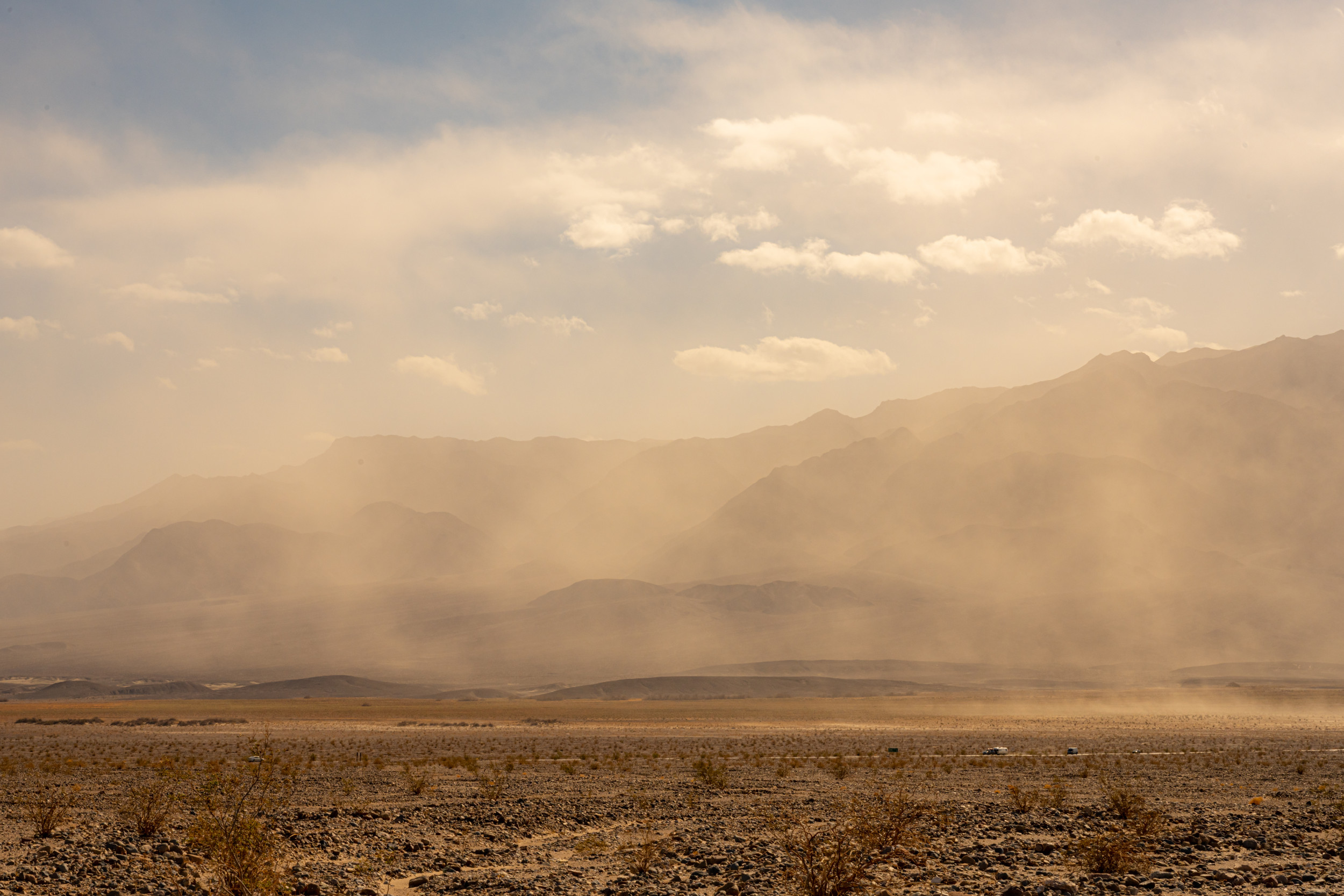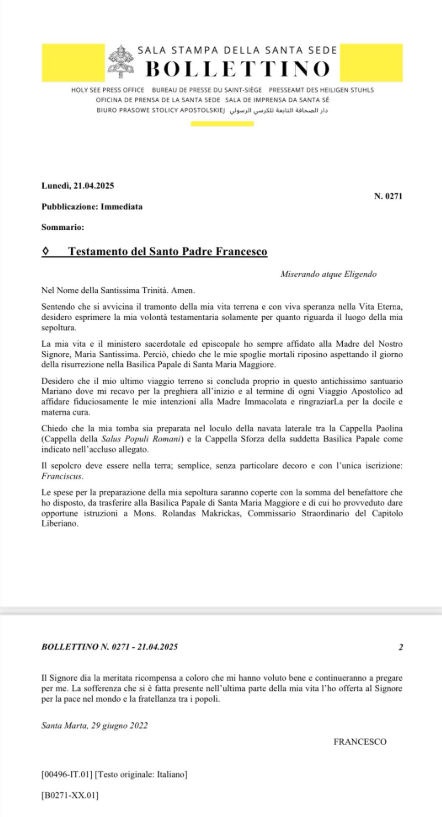🎙️ Voice is AI-generated. Inconsistencies may occur.
California's water reserves have improved in some areas since last spring, with several of the state's largest reservoirs storing more water on April 13, than they did on the same day in 2024. The gains reflect a wet early winter and improved snowmelt capture, even as drought has crept back into parts of southern California.
Newsweek reached out to the California Department of Water Resources (DWR) by email for comment.
Why It Matters
Reservoir levels directly impact how much water is available for urban and agricultural use, especially during California's long dry seasons. Gains this year could help buffer supplies through summer and into fall, even as statewide drought coverage has expanded again in 2025.
The U.S. Drought Monitor reported on April 10 that roughly 56 percent of California is now experiencing abnormally dry conditions, with nearly 40 percent of the state battling some level of drought. It's a significant increase over the beginning of the water year in October 2024, when only 10 percent of the state was facing drought conditions.
What to Know
Several early winter storms boosted California's snowpack, which contributes to reservoir water levels when the snow melts in the spring, but a prolonged dry stretch in January sparked concerns about the state's water levels.
Snowpack levels improved and are near average for this time of year. Most of the state's reservoirs are above their historical average. Despite this good news, only seven of the 17 tracked major reservoirs report higher water levels when compared to this time last year. The reservoirs performing better than this time last year are:
- Folsom Lake
- Trinity Lake
- New Bullards Bar Reservoir
- San Luis Reservoir
- Diamond Valley Lake
- Don Pedro Reservoir
- Lake McClure
Folsom Lake, a crucial water source for the Sacramento region, is now at 93 percent of capacity, up from 80 percent on April 13, 2024, according to the California Data Exchange Center. Trinity Lake in Redding, California, is at 89 percent capacity this year, compared to 84 percent last year.

While some major reservoirs show year-over-year improvement, a few are trailing behind 2024 levels.
Lake Shasta, California's largest reservoir, is at 95 percent capacity, which is the same level it had last year at this time. Lake Oroville, the state's second largest reservoir, is at 91 percent capacity, below last year's 93 percent.
California reservoir water levels tend to continue improving through the spring snowmelt season. Once dry, warm weather arrives in the summer, the levels begin to decline. However, some atmospheric rivers—moisture-laden storms that often dump snow and rain on the Golden State during the winter months—could persist into the summer, further boosting levels.
What People Are Saying
State Climatologist Dr. Michael Anderson previously told Newsweek: "While it possible for atmospheric rivers to impact California through the spring, typically the vast majority of these storms that reach the state do so between November and March. These storms deliver the majority of the rain and snow that California receives each year. During the summer months, California can still occasionally experience severe storms and even flooding issues due to tropical storm activity."
DWR Director Karla Nemeth said in a press release: "It's great news that our state's snowpack has recovered from several weeks of extremely dry conditions in the heart of our winter storm season. However, it's not a wet year across the entire Sierra Nevada. The north has great snowpack, but snowpack is less than average in the central and southern part of the mountain range. That snowpack ultimately flows to the Delta, and the regional disparity affects how much water the State Water Project will be able to deliver."
What Happens Next
With runoff season peaking and reservoir operators closely managing flows to balance storage and flood risk, late April and May will be crucial for final spring allocations. These figures could determine the level of voluntary or mandatory water conservation measures during the second half of the year, particularly if drought continues to expand in the southern half of the state.
fairness meter
About the writer
Anna Skinner is a Newsweek senior reporter based in Indianapolis. Her focus is reporting on the climate, environment and weather ... Read more




